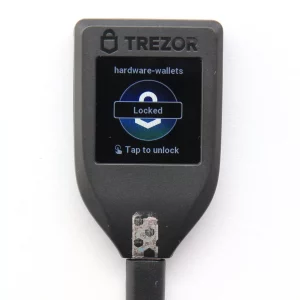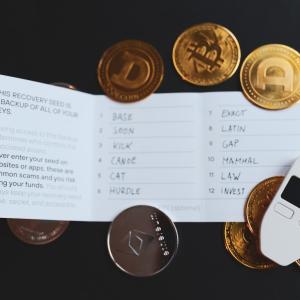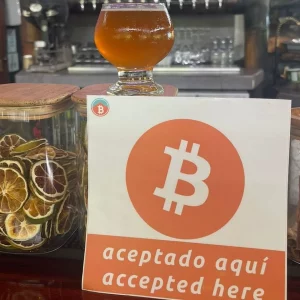Bitcoin is a digital currency that operates on a decentralized network known as the blockchain. To send bitcoin from one address to another, you must first create a transaction and broadcast it to the network. This transaction must be verified and added to the blockchain by a miner, who receives a fee as compensation for their work.
At the time of writing in May 2023, the fees on the Bitcoin blockchain surged to unusually high levels. The primary factors driving up transaction fees are the emergence of the experimental token standard, BRC-20, which was launched in March 2023, and the growing popularity of Bitcoin Ordinals. They have created congestion on the blockchain. The blockchain is not well-suited for high demand due to its limited block size of 1MB-1.5MB, resulting in longer waiting times and higher fees for each transaction.
Bitcoin Fee Estimation
By understanding the key factors that influence Bitcoin fee estimations, you can make informed decisions and reduce your transaction costs. Bitcoin transaction fees are fees paid by you to miners, typically paid in satoshis per byte (sats/byte), in order for them to process their transactions. These fees are subject to change depending on several factors. First and foremost, the size of your transaction plays a crucial role. Larger Bitcoin transactions require more space in the blockchain, making them potentially more expensive to send.
Next, consider your desired confirmation time. The quicker confirmation you seek, the higher the fee you might need to offer, as miners prioritize transactions with higher rewards. Finally, network congestion also impacts your fee calculation. When the Bitcoin network is congested with a high volume of transactions, fees might rise as miners prioritize those willing to pay more to jump the queue.
How to Reduce Bitcoin Transaction Fees
There are various methods for lowering bitcoin transaction fees. Firstly, reduce bitcoin transaction fees by utilizing the Lightning Network, a layer 2 payment protocol built on top of the Bitcoin blockchain. It aims to address the issue of high transaction fees and slow confirmation times. Instead of each transaction being recorded on the main Bitcoin blockchain, they are essentially off-chain transactions, reducing the need for on-chain transactions and thus lowering fees. To benefit from the Lightning Network, you need to use a Lightning wallet such as Phoenix and Exodus to make transactions. Read our reviews of bitcoin Lightning wallets.
Secondly, selecting the best time to send your transaction can help you save money on costs. You can use a bitcoin fee estimator to get an idea of what the current fees are and then choose a period when the fees are lower.
Thirdly, using a SegWit-enabled wallet such as BlueWallet, Muun and Trezor can assist you in lowering transaction fees. Segregated Witness or SegWit is a protocol improvement that separates transaction data from transaction signature data. This enables more transactions to fit inside a block and reduces transaction size, resulting in lower costs.
Fourthly, choosing the right fee level can help you save money on your bitcoin transactions fees. When sending a transaction, you can choose the fee level you want to pay. The higher the fee, the faster your transaction will be confirmed. However, if you are not in a hurry to have your transaction confirmed, you can choose a lower fee.
Fifthly, using a transaction batching service can help you save on bitcoin fees if you make frequent bitcoin transactions. This service allows you to group multiple transactions into one transaction, which can reduce the overall fees. Wallets that support transaction batching include Samourai Wallet, Wasabi and Electrum.
Finally, selecting a wallet that enables fee optimization can help you reduce transaction fees. Some wallets offer fee optimization features that leverage various techniques like dynamic fee estimation, fee prediction, fee selection, and [Replace-by-Fee (RBF)(https://h17n.com/rbf/). By using these techniques, wallets can determine the optimal fee for a transaction based on current network conditions. RBF allows users to increase the fee of a transaction even after it has been broadcasted to the network, which can help ensure that a transaction gets processed faster, especially during times of high network congestion. Bitcoin wallets that offer fee optimization features to help you minimize your transaction fee include Samourai Wallet, BlueWallet, Electrum, Trezor and Exodus.
Bitcoin transaction fees are dynamic and can change based on a variety of factors. You may reduce your costs of bitcoin transactions and save money by following the guidelines above.



























